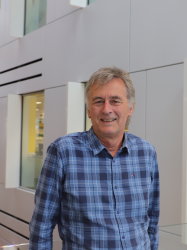BibTex format
@article{Andreou:2015:10.1371/journal.pone.0122410,
author = {Andreou, AP and Efthymiou, M and Yu, Y and Watts, HR and Noormohamed, FH and Ma, D and Lane, DA and Crawley, JTB},
doi = {10.1371/journal.pone.0122410},
journal = {PLOS One},
title = {Protective Effects of Non-Anticoagulant Activated Protein C Variant (D36A/L38D/A39V) in a Murine Model of Ischaemic Stroke},
url = {http://dx.doi.org/10.1371/journal.pone.0122410},
volume = {10},
year = {2015}
}

